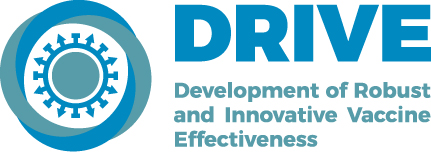The DRIVE consortium has published the results of its brand specific influenza vaccine effectiveness study for the 2018/19 season.
In 2017/18, DRIVE conducted a pilot study involving 5 study sites in 5 European countries to help establish the research platform. In 2018/19, improvements to the study design were made and the DRIVE network grew to include 13 study sites in 6 countries.
The 2018/19 influenza season was mild and it was a challenge for the DRIVE consortium to collect enough data to study vaccine effectiveness in deep detail. The consortium used two types of study design to collect data: test-negative studies and register–based studies. Overall, seven influenza vaccine brands were reported to have been used according to the data collected.
For two of the brands, robust vaccine effectiveness estimates were obtained from the Finnish cohort study, due to access to a large vaccination register. Robust vaccine effectiveness estimates were obtained in two age groups for one brand and in one age group for the second.
However, even when combining the data from the various test-negative studies, it was not possible to generate robust vaccine effectiveness estimates for other brands and types of influenza vaccines, due to the limited amount of data available for each type, brand, and age group.
Therefore, these estimations should be interpreted with caution. Vaccine effectiveness is expected to vary from season to season due to the changing nature of the structure of the influenza virus and to be less effective in older adults compared to younger people due to the effects of ageing on the immune system. It’s also important to note that vaccination can reduce the severity of influenza symptoms of those who do become infected.
The amount of data required to obtain robust vaccine effectiveness estimates for all influenza vaccine brands and types across different groups and settings is large, particularly in milder influenza seasons, as was the case in 2018/19.
DRIVE will continue generating access to larger amounts of data by expanding the number of sites participating in test-negative studies; exploring the possibility of accessing data from a greater number of vaccination registers and other electronic healthcare databases; and encouraging greater data sharing amongst public health institutes, as well as health and medical research organisations across Europe.
You can read the full report and the summary document here.
